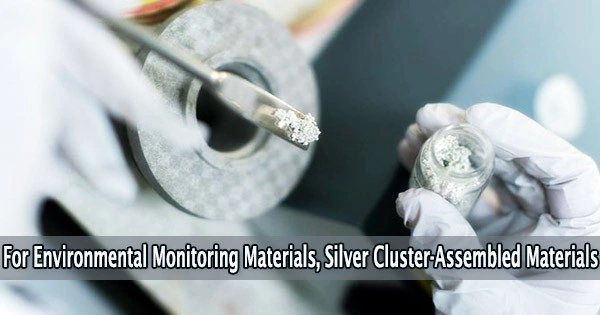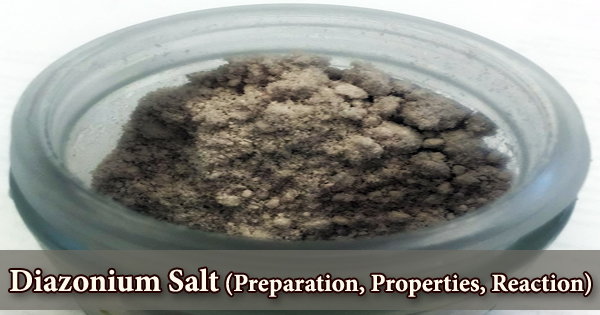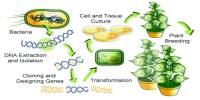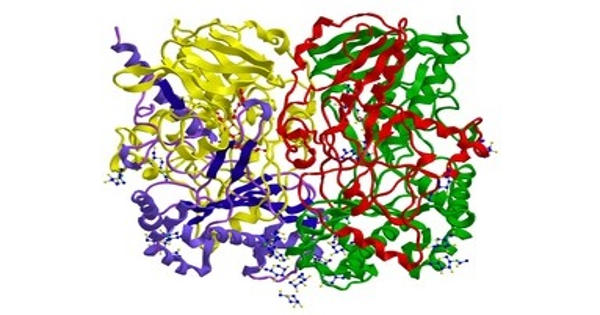Silver nanoclusters (Ag NCs), tiny silver particles made up of tens to hundreds of atoms, have recently gained popularity in a number of disciplines including biology, chemistry, and material science.
Ag NCs are typically between one and three nm in size. Silver cluster-assembled materials (SCAMs) have been created as a result of major advancements in the production and manipulation of Ag NCs. SCAMs are light-emitting substances composed of several interconnected Ag NCs that are coupled by unique organic linker molecules known as “ligands.”
Their distinctive photophysical characteristics and molecular-level structural designability make them exceptional. However, due to their distinct structural design when submerged in various solvents, their general application has been constrained.
To address this problem, a team of researchers from Tokyo University of Science (TUS), led by Professor Yuichi Negishi and including Assistant Professor Saikat Das, recently developed two new (4.6)-connected three-dimensional luminescent SCAMs comprising an Ag12 cluster core connected by quadridentate pyridine linkers [Ag12(StBu)6(CF3COO)6(TPEPE)6]n, denoted as TUS 1 and [Ag12(StBu)6(CF3COO)6(TPVPE)6]n, denoted as TUS 2.
“We have successfully developed two silver -cluster-connected architectures with a new linkage structure, which can be applied to environmental monitoring and assessment,” explains Prof. Negishi. This study was published in the journal Nanoscale on 26 June 2023.
The ability to link silver clusters via various linkage modes can enable a bottom-up fabrication of materials with various physicochemical properties. Further developments nanotechnology can thus allow us to fabricate materials and devices on a smaller scale, which is expected to lead to higher functionalities in materials and devices.
Professor Yuichi Negishi
The linker molecules were the only difference in the researchers’ simple reaction approach for synthesizing the SCAMs. They combined [AgStBu]n and CF3COOAg in a solution of acetonitrile and ethanol. The linker molecules TPEPE = 1,1,2,2-tetrakis(4-(pyridin-4-ylethynyl)phenyl)ethene and TPVPE = 1,1,2,2-tetrakis(4-((E)-2-(pyridin-4yl)vinyl)phenyl)ethene were dissolved in separate chemicals, namely tetrahydrofuran and dichloromethane, respectively.
The linker molecule solution was then mixed with the metal solution, and the mixture was left to crystallize in the dark. After one day, yellow crystals started to appear close to the point where the two solutions merged, indicating the formation of SCAMs.
The team conducted various tests to examine the structure of the SCAMs. TUS 2 had a block-shaped structure, while TUS 1 had a rod-shaped structure, they discovered. Additionally, they examined the materials’ chemical stability by submerging them in several solvents; they discovered that their crystal structure remained unaltered, underscoring their extraordinary resilience.
Additionally, the scientists looked at the possibility of using SCAMs for metal ion detection in aqueous solutions due to their outstanding fluorescence capabilities, which include a quantum yield of up to 9.7% and stability in water.
To their delight, both SCAMs were highly sensitive to Fe3+ ions, which effectively quenched their fluorescence at room temperature, indicating the presence of Fe3+ ions. The detection limits of Fe3+ ions were 0.05 and 0.86 nM L-1 for TUS 1 and TUS 2, respectively, comparable to the standard values. Furthermore, neither SCAM was influenced by other common metal ions and was very selective towards Fe3+.
These findings point to a possible use of SCAMs in environmental monitoring, specifically for the detection of Fe3+ ions in water.
“The ability to link silver clusters via various linkage modes can enable a bottom-up fabrication of materials with various physicochemical properties. Further developments nanotechnology can thus allow us to fabricate materials and devices on a smaller scale, which is expected to lead to higher functionalities in materials and devices,” speculates Prof. Negishi.
















